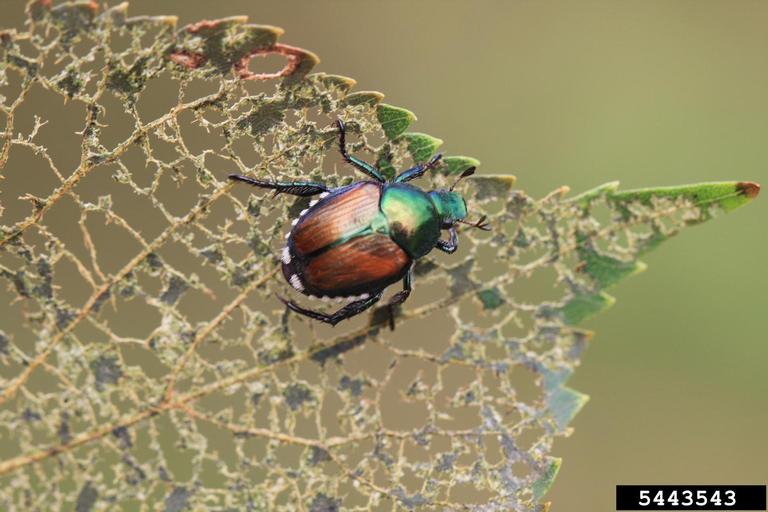2015 will be the third year of the eradication program
By Diego Flammini, Farms.com
Residents of Idaho, especially those in northeastern Boise between Third Street and Quarry View Park, people who live south of Elm Grove Park and around West State Street may be receiving letters from the Idaho State Department of Agriculture.
The letters will be asking the recipients for their “Consent to Treat”.
The treatment revolves around trying to eradicate the Japanese Beetle with treatments set to begin around the middle of May – the third year of this program.
Treatments for the beetle will be ground applications of an insecticide on lawns where the pest has been spotted. It targets the young larvae that live in the soil and feed on grass roots. Nothing will be applied to vegetables gardens, flower beds, bushes or trees.
There may also be yellow and green plastic traps that are non-toxic. The numbers of beetles found has risen in the past few years.
In 2012, 56 beetles were caught. In 2013 that number jumped significantly to 3,058. Last year, due to the eradication program, the number of beetles dropped to 1,238.
Symptoms that plants may have been damaged by the Japanese Beetle include skeletonized leaves and dead plants. Larvae and grubs which live under the soil can do even more damage because they’ll feed on roots, putting lawns, parks and other places in danger.
Join the conversation and tell us if you’ve had any experiences with the Japanese Beetle. If so, what kind of measures did you take to defeat the pest?
Would you give the consent if asked? Why or why not?

Japanese Beetle
Idaho State Department of Agriculture